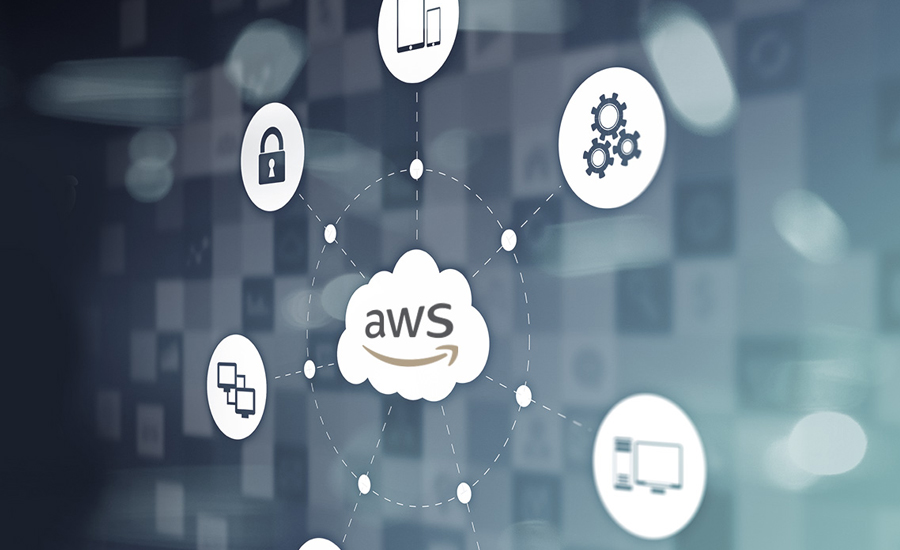The Know-How Guide to Accelerating AWS Migration
AWS Migration is the smartest means of shifting or migrating your applications from a physical server, hosting facilities, on-premises environments or public cloud infrastructure to AWS cloud, with minimal downtime and non-disruptive changes. This migration of workload varying from applications, databases, websites, physical servers and virtual servers and storage is classified as the modernization of data storage and data centers.
Why migrate to AWS?
Businesses who have opted for migration to AWS have found themselves spending more time on building their brand and services than struggling with data center issues and data storage hassles. AWS migration has been helping enterprises with a smoother, faster and more secure environment to build themselves at the operational, technical and organizational levels.
Benefits of migration to AWS
According to data generated by research on AWS over its performance in the year 2018 and 2020, respectively, it has been found that businesses and organizations have reaped growth-boosting advantages, such as –
- Migration to AWS has offered infrastructure cost savings of up to 31% on average
- Organizations have seen a 69% drop in unplanned downtime
- AWS migration has helped in delivering 3X times more features, per year
- It has offered over 62% of efficiency in the management of IT infrastructure
- AWS migration safety has reduced security issues to 43% per year
How does AWS Migration work?
Whether it’s about migrating servers, migrating databases or migrating websites or applications, the key is a plan, the right tools, a meticulous approach and expert implementation. Portfolio assessment is the central approach here.
Whether you are lifting and shifting servers from data centers, re-platforming databases or re-platforming web applications to containers, the migration approach is still the same – portfolio assessment which further comprises of elements like AWS migration evaluator, AWS Application Discovery Science and AWS Migration Hub.
Accelerating AWS Migration is methodological
AWS migration is in simple terms a three-step process that allows thousands of applications and even a complete data center to be migrated to a secure cloud, which creates an environment of safety, more productivity, organizational growth and more.
Accelerating AWS Migration means the right tools and the right process.
- Assess
- Mobilize
- Migrate & Modernize
Assess – This is the step where an enterprise or organization assesses its readiness for migration to and operation from a cloud. This is also the step where you, as the organization, must evaluate and identify your need for migration and develop a migration business case. AWS offers tools like Migration Evaluator, AWS Cloud Economics Center, AWS Migration Hub, AWS Prescriptive Guidance and more, all designed to help with the assessment step.
Mobilize – This phase of the migration is where a migration plan is created and worked on, including refining the migration business case as well as addressing loopholes or affecting factors, ignored or skipped in the assessment part. Mobilization needs a good evaluation of migration strategies in accordance to the business case. AWS tools for this phase of migration include AWS Application Discovery Service, Migration Partner Solutions, AWS Management and Governance, AWS Landing Zone and AWS Control Tower.
Migrate and Modernize – This is the most crucial phase of migration to AWS, where applications are migrated and or existing applications are modernized. Often a good approach is to move your applications to the cloud, before architecting or redesigning them in AWS. Service like AWS Application Migration Service (MGN) assists in the lift and shift to AWS. Other tools to support the migration and modernization phase are AWS Server Migration Service, AWS Database Migration Service, VMware Cloud on AWS and AWS Marketplace. Data transfer tools include AWS DataSync, AWS Transfer Family, AWS Snow Family, AWS Managed Services, AWS Service Catalog and AWS Storage Gateway.
